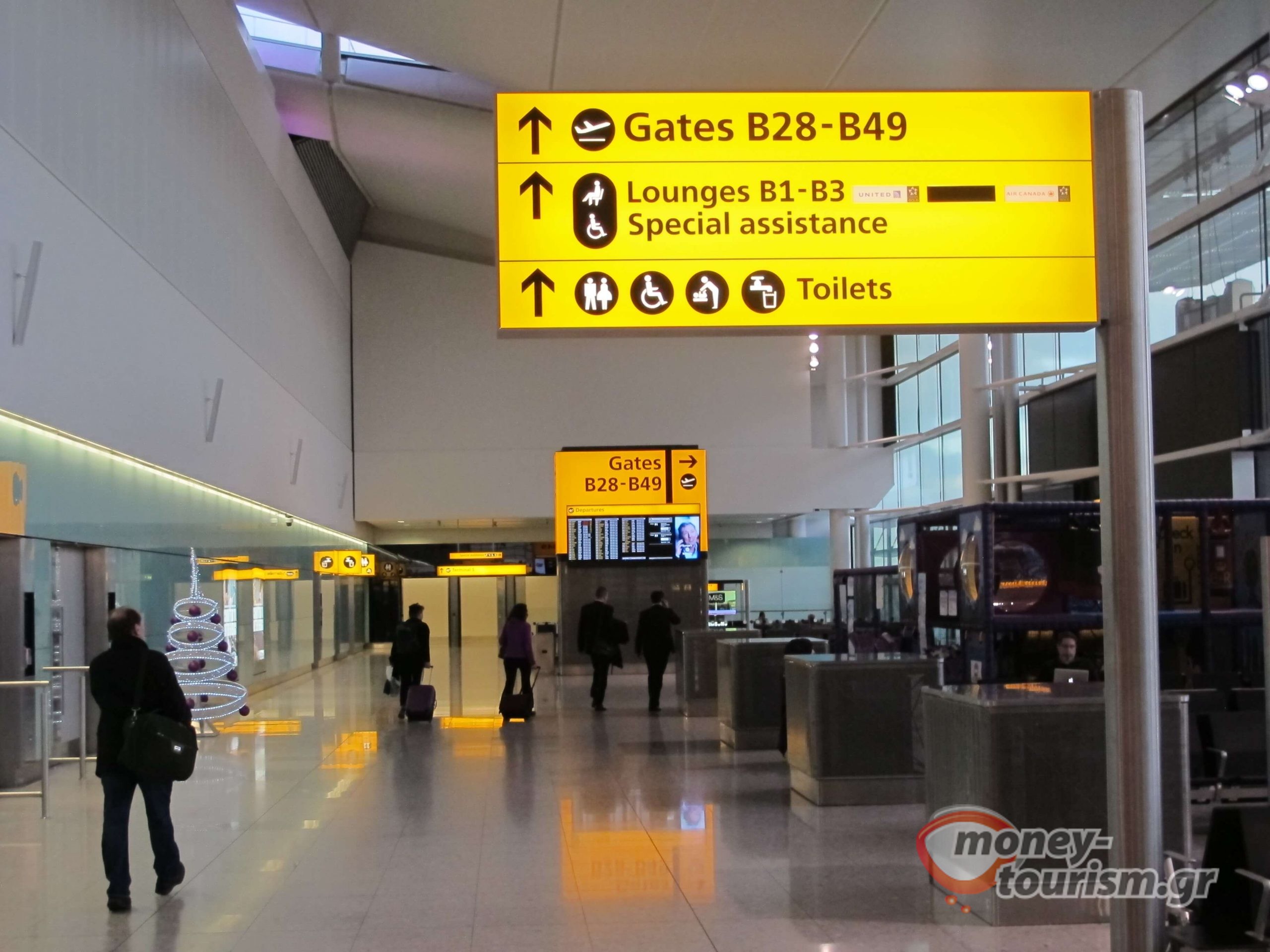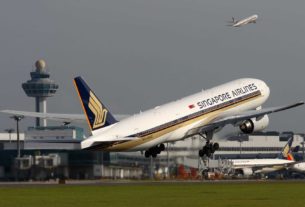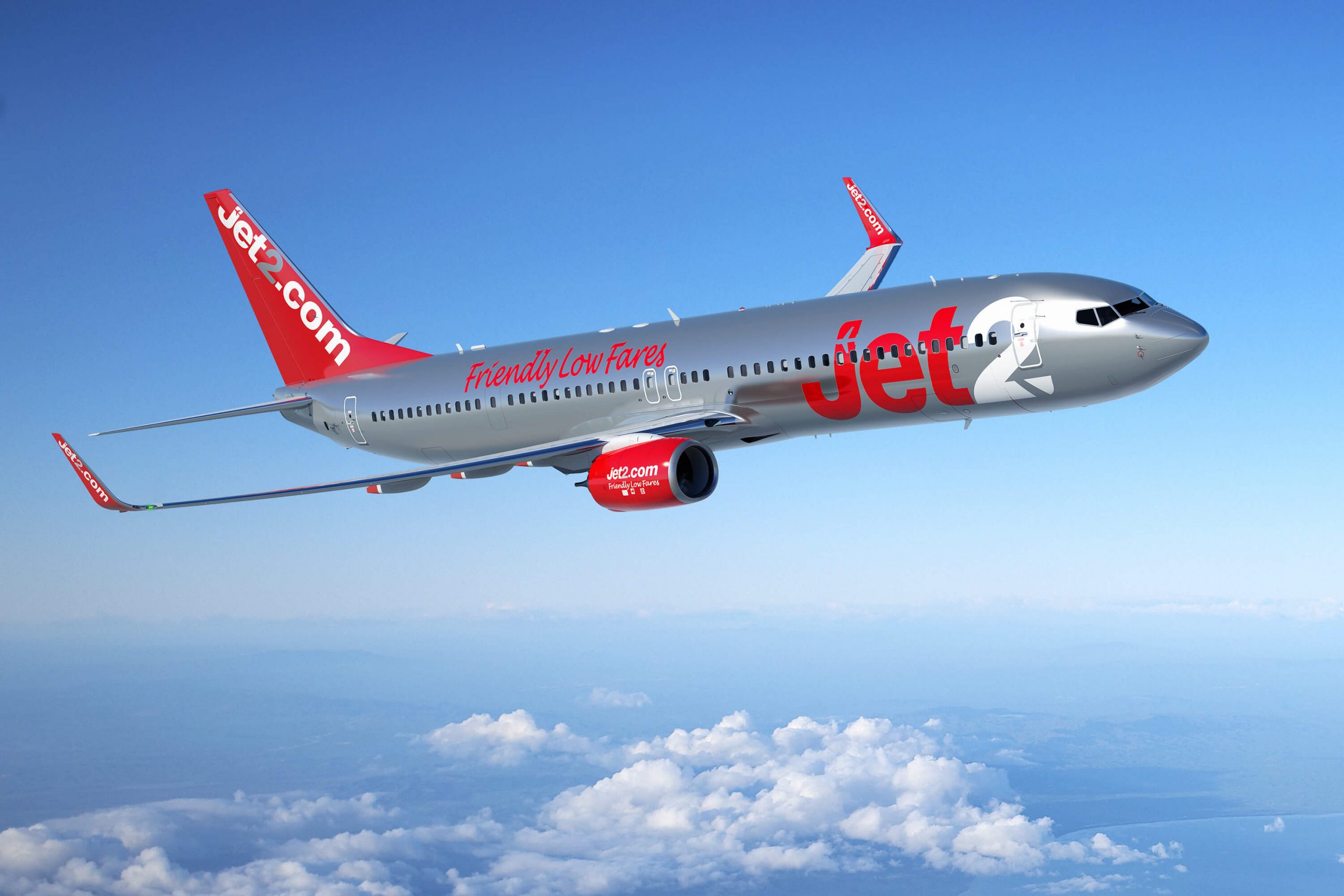The global airline industry, which is featured in Moody’s infographic, has been disproportionately affected by the coronavirus pandemic. It is one of just a few industries that saw more than 90% of demand fall away within weeks of the global spread of the coronavirus in March.
The strain on the industry’s previously flourishing fundamentals is (and will continue to be) felt across a broad swath of the global economy, well into 2022 and beyond. This is driven by the expectation of a gradual and protracted return of passenger trafffic, which will be inextricably linked to coronavirus-related health and safety concerns, and the importance of the passenger airline industry as a critical cog in the broader global economy.
Passenger airlines supported about 3% of world GDP in 2019, according to the International Air Transport Association (IATA). Airline cargo operations materially bolster international trade, with movement of more than $5 trillion of goods across supply chains in 2019. Air travel is also a key facilitator of tourism spending, connecting travelers to points all over the world, paving the path for spending on lodging, local transportation, and attractions and restaurants, among other items and services. And the outsourcing by airlines of many services, along with the significance of their employment rolls and consumption of refined
petroleum in normal economic times, supports economic activity across many sectors of the global economy.
Knock-on effects are big for industry stakeholders
Passenger demand for air travel drives demand for key stakeholders in aviation – airports, aircraft leasing companies and the aircraft manufacturers, as well as a multitude of service
providers that keep daily airline operations and airports humming during normal economic times. The infographic also highlights some broad categories of activities for which airlines
incur significant costs, either directly (e.g., labor, jet fuel) or through outsourcing (e.g., airport services, maintenance and repair), along with a host of required services (e.g., air traffic
control, airport charges). Each of these stakeholders will be significantly affected for at least the next three years. Anticipated declines in their respective activity levels of 40% to 50% or more in 2020 will closely mirror those of the airlines.
It is expected that the fundamental performance of airports will move hand-in-hand with demand for air travel because every journey starts and ends at an airport. Airports are to recover largely in step with the airlines. Aircraft lessor recoveries will be next in line. As passenger demand recovers, airlines will
return aircraft to service, likely in a stair-step fashion, re-starting the market for leasing and trading aircraft, which currently remains in hibernation. Aircraft lessors will benefit as recurring requests for rent deferrals gradually subside, and there will be a greater willingness to repossess aircraft from more weakly positioned airlines as gradually recovering demand facilitates placement of aircraft on new leases.
Aircraft manufacturers, including Airbus (A2 negative) and Boeing (Baa2 negative) – and the broader global supply chain feeding into their operations – will be the last of the direct aviation industry stakeholders to regain their 2019 footing, and that this will not occur before 2023.
Demand recovery scenarios
Current forecast scenarios continue to anticipate an eventual recovery in passenger demand, once the concerns related to personal health and safety are relieved. These assume that there will be effective pharmaceutical remedies, including vaccines and medicines that will help to control and treat the coronavirus after regulatory approval. Restoration of passenger demand – measured in revenue passenger kilometers – to 2019 levels by the end of 2023 reflects these assumptions.
Projections from various industry stakeholders, including IATA, point toward a substantial recovery in 2023, relative to 2019 traffic levels. At the moment, a recovery roughly equivalent to 2019 levels in 2023 is modelled, although risk of late is skewing more towards a potentially longer timeframe. We show a faster recovery case and a slower recovery case, both of which we considered in the assessment of the global airline industry and airline company credit quality. The faster recovery case considered an earlier (albeit not “fast”) and steadier multi-year recovery of passenger demand between 2020 and 2023, with somewhat of a plateau in the first half of 2021 under the assumption that the coronavirus would flair up in the next Northern Hemisphere winter. The slower recovery case considered that the coronavirus would be more of an impediment, restraining the start of any meaningful recovery in passenger demand for a more extended period. Recent experience of increasing rates of infection concurrent with loosening social distancing and quarantine protocols indicates that passenger demand will likely align more with our slower recovery case, as social distancing and quarantine protocols are more likely to be maintained and/or revert to more restrictive mandates as infection rates rise again.
To the extent that passenger demand is more constrained because of sustained concerns related to personal health and safety and/or heightened travel restrictions beyond 2021, the risk of more extensive industry disruption and a more protracted recovery period could meaningfully increase.
Key factors to support recovery
Timely success of the pharmaceutical industry’s race to a vaccine will be key to the ultimate trajectory of the aviation industry flight path, both fundamentally and financially.
Government support – whether via grants, loans and/or equity investments – will remain a key differentiator in airlines’ ability to avoid financial restructurings or liquidations. Lack of adequate government support – whether at all, with conditions or in a timely manner – has been a key contributor in recent airline insolvencies (or not) in different regions of the world.
With an effective coronavirus vaccine likely not available before well into 2021 – and likely longer to cover potential mutations of the virus and to ensure adequate dosage supply for the masses – additional government support will be required for the airline industry if employment levels are to be maintained near already reduced levels, and potentially to stave off additional airline restructurings and insolvency proceedings (whether preemptive, or otherwise).
Eventually, a full recovery of passenger demand will drive demand for aircraft
Notwithstanding the harsh market environment when passenger demand ultimately returns to 2019 levels the industry will then need almost as many aircraft as were in operation in 2019. The sooner demand recovers, the better the recovery prospects for aircraft lessors and aircraft manufacturers, particularly because of the retirements of older, less efficient aircraft that will occur because of the coronavirus.
Seat density and network planning will affect the total demand for aircraft in respective airline fleets as new models with higher seat counts replace smaller, older aircraft, and airlines more efficiently utilize aircraft assets. Some will change their networks, with stronger carriers expanding, and others retrenching somewhat.
Potential changes to long-haul flying are also on the table. Some carriers may expand point-to-point operations, while others may
revert to concentrating on hub-to-hub flying, relying on code-share or joint venture partners to complete a passenger’s long-haul journey. To replace retired aircraft and to minimize costs related to carbon emissions, the former would require mid-size wide-bodies like Boeing’s 787 or Airbus’ A350-900, and the latter would promote demand for Boeing’s 777-9 or Airbus’ A350-1000 – both the largest available passenger models in each manufacturer’s lineup. The need to reduce carbon emissions will also hold out hope for deliveries of A320neo and 737MAX narrow-bodies, including if regulators make carbon reduction schemes more demanding, as some European governments have already done as a condition for their financial support.




